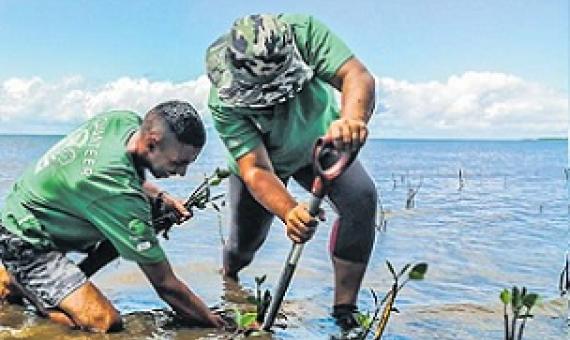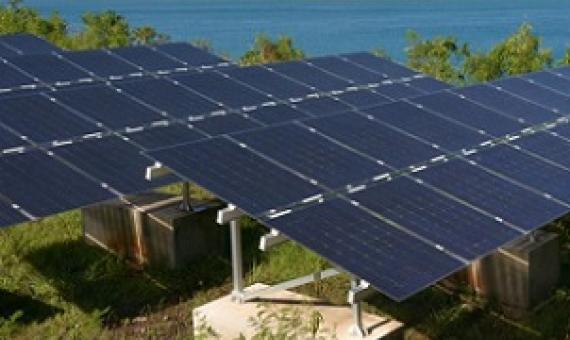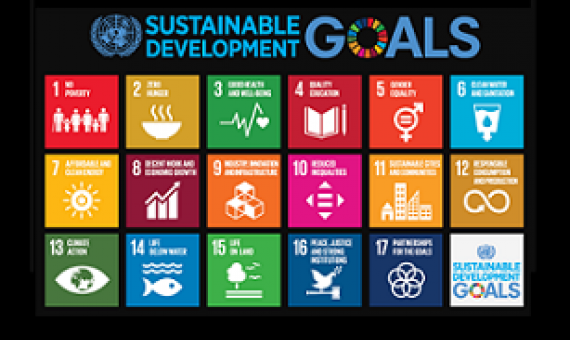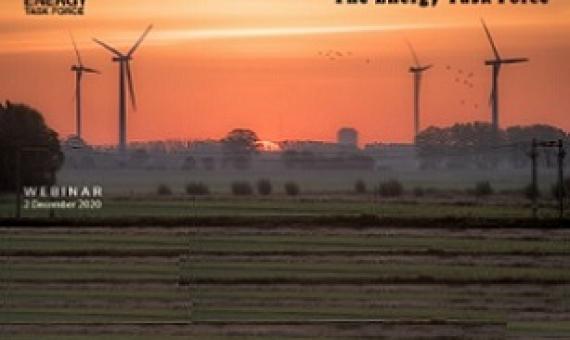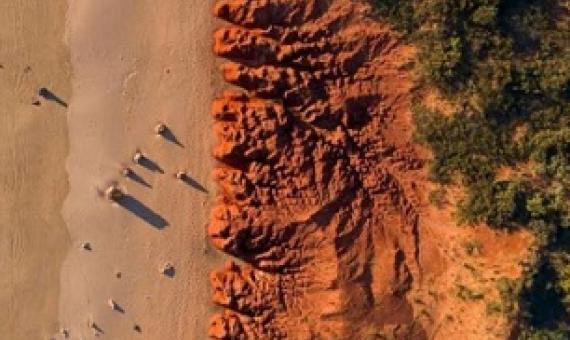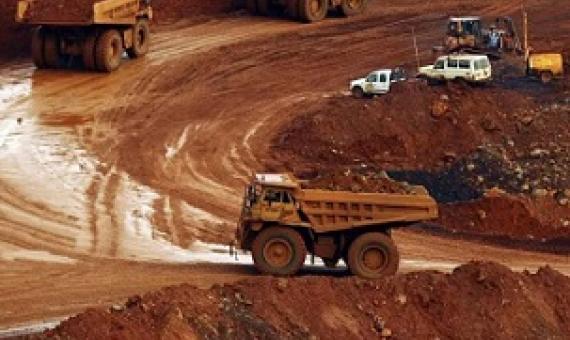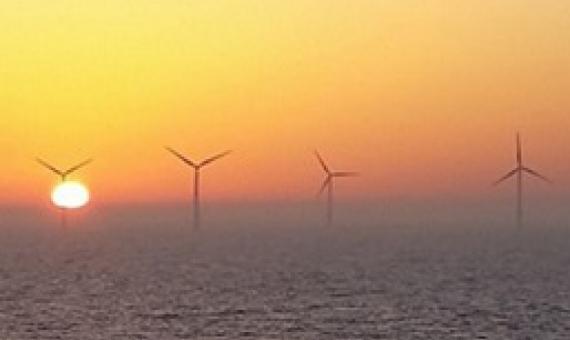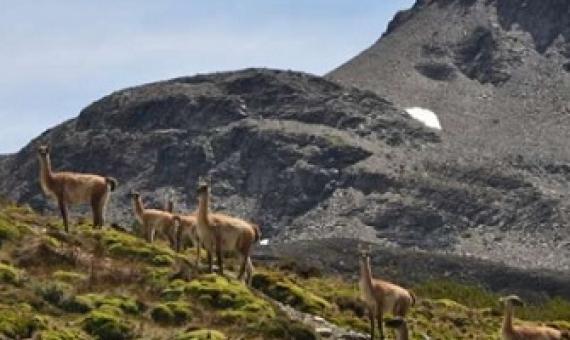Last week saw the commemoration of World Hydrography Day 2023, a global event dedicated to raising awareness about the crucial field of hydrography and its role in supporting the sustainable use of our oceans.
The conflict between using land for renewable energy and protecting land essential for biodiversity isn’t as severe as it sometimes seems, according to new research that recommends policy and regulatory controls as a solution.
Countries are on track to miss the Sustainable Development Goals (SDGs) relating to environmental protection, two UN entities warn in new report issued on Saturday to coincide with the International Day for Biological Diversity. Despite making progress in areas such as cl
We are excited to invite you to Renewable energy with nature at its core: the Energy Task Force. This double-webinar on 2 December 2020 will highlight the importance of reconciling renewable energy developments with the conservation of mig
A vast transition from fossil fuels to renewable energy is crucial to slowing climate change. But building solar panels, wind turbines and other renewable energy infrastructure requires mining for materials. If not done responsibly, this may damage species and ecosystems.
Elon Musk’s call for miners to dig more nickel for Tesla’s batteries faces its biggest test in Indonesia, where companies in the world’s top producing nation are planning to dump millions of tonnes of waste into the sea.
Government plans to stimulate economic recovery from the covid-19 pandemic should support growth and employment in the sustainable ocean economy...Investments in sustainable aquaculture, offshore renewables and ecosystem restoration should form a key part of the post-coronavirus economic recovery
Planet of the Humans is an environmental documentary that has enraged renewable energy experts and environmentalists, with some calling for its high-profile executive producer, Michael Moore, to apologise.
More than 2000 renewable energy facilities are built in areas of environmental significance and threaten the natural habitats of plant and animal species across the globe.
Samoa Environmental Outlook, 2012
An assessment framework based on key habitats in Samoa:
* cloud forest and uplands
* lowlands, coastal strand
* nearshore marine, offshore marine, and rivers and streams
* climate change, air quality, waste disposal, renewable energy, and population pressures.
It also assesses the status of Samoa’s species of high conservation value, especially those that are endemic and critically endangered.

